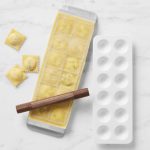A Japanese kitchen knife set serves as the backbone of culinary excellence. Renowned for their sharpness, precision, and craftsmanship, these knives elevate cooking to an art form. Understanding the different types of Japanese knives empowers both amateur cooks and professional chefs to make informed decisions when it comes to meal preparation. This comprehensive guide explores the varieties of Japanese kitchen knives, their unique functions, and essential tips for choosing the right set for your culinary needs.
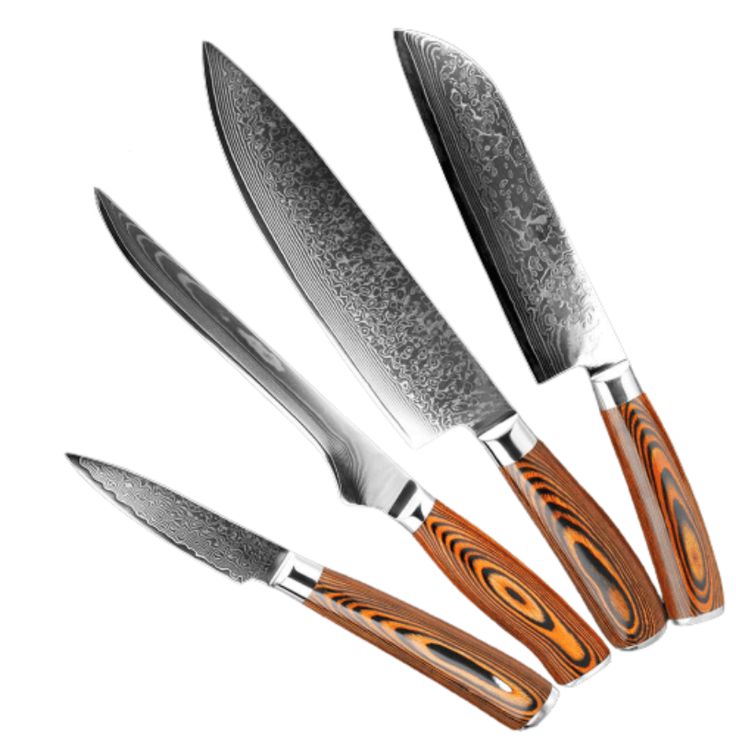
The Significance of Japanese Kitchen Knives
Japanese kitchen knives are more than just tools; they are a blend of tradition, culture, and artistry. The craftsmanship behind each knife combines ancient techniques with modern innovations, resulting in blades that offer outstanding performance and durability. Made from high-quality materials, such as high-carbon steel and Damascus steel, these knives exhibit exceptional sharpness and edge retention. The artistry of these knives highlights the importance of detailed handiwork in Japanese cooking culture.
Each knife is traditionally handcrafted by skilled artisans, often taking years to master the craft. This personal touch contributes to the character of each knife, setting them apart from mass-produced counterparts. The balance and design of Japanese knives cater to the movements required in culinary preparation, ensuring efficiency and comfort while enhancing a cook’s skills.
Furthermore, investing in a Japanese kitchen knife set elevates your overall cooking experience. With the right tools, chefs can achieve precision cuts, resulting in beautifully plated dishes that reflect attention to detail. A well-chosen set encourages exploration and experimentation in the kitchen, making culinary endeavors more enjoyable and successful.
Explore the Essential Knife Types
Understanding the various types of Japanese kitchen knives is vital for selecting the right set for your culinary endeavors. Each knife serves a specific purpose and excels in its designated tasks. Here’s a look at some of the most essential knife types you’ll find in a Japanese kitchen knife set:
Gyuto Knife (Chef’s Knife)
The Gyuto knife is the quintessential chef’s knife in Japanese cuisine. Ranging between 210mm to 300mm in blade length, it combines the features of Western chef’s knives with Japanese design elements. Ideal for slicing, dicing, and chopping both meat and vegetables, the Gyuto’s balanced weight and versatile shape make it an essential tool for any kitchen.
Santoku Knife
The Santoku knife, meaning “three virtues,” refers to its capability of handling three primary tasks: slicing, dicing, and mincing. Typically around 165mm to 180mm long, the Santoku boasts a shorter handle, which allows for better control when cutting. This knife often features a flat edge, making it particularly effective for preparing vegetables and fish.
Nakiri Knife
Specialized for slicing and chopping vegetables, the Nakiri knife features a straight blade with a squared-off tip. Typically ranging from 165mm to 185mm in length, this knife’s design allows cooks to achieve clean cuts without using a rocking motion. The Nakiri has become increasingly popular due to its efficiency and versatility in handling delicate produce.
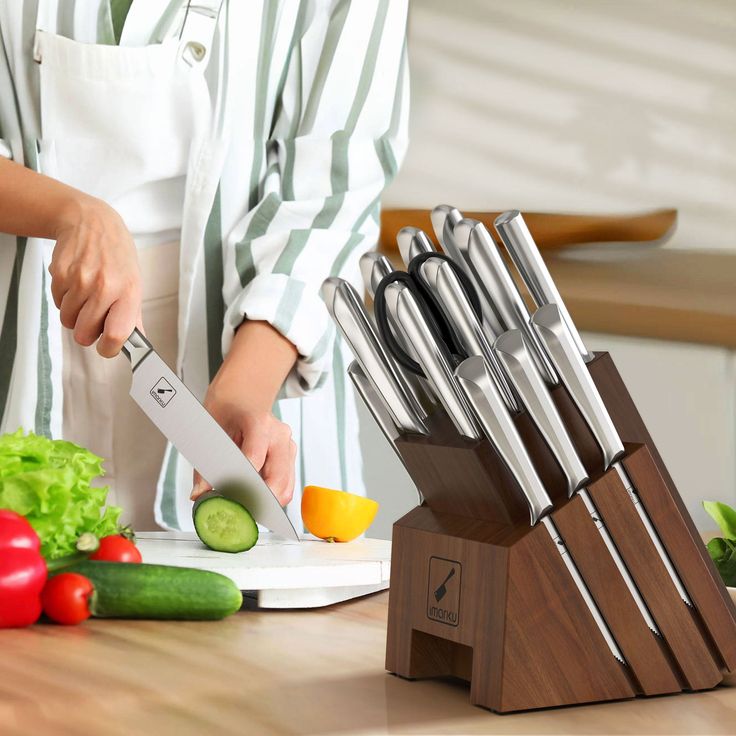
Deba Knife
The Deba knife specializes in fish preparation. With a thick and heavy blade, typically around 150mm to 240mm in length, the Deba allows for easily filleting and cutting through fish bones. This robust design provides a perfect balance for tasks requiring strength, and many chefs appreciate its ability to create precise, clean cuts.
Usuba Knife
The Usuba knife, used predominantly in traditional Japanese cuisine, excels in vegetable preparation. Typically 180mm to 240mm long, the Usuba features a thin blade that enables precise, delicate cuts and intricate designs. Its single-beveled edge allows for exceptional sharpness, making it ideal for creating beautiful garnishes and precise vegetable slices.
Yanagiba Knife
The Yanagiba knife is a long, single-beveled blade designed specifically for slicing raw fish and preparing sushi. Often exceeding 240mm in length, this knife delivers the utmost precision needed for sashimi preparation. The Yanagiba enables chefs to create long, smooth cuts while maintaining the integrity of delicate fish fillets, making it an essential tool in Japanese sushi restaurants.
Petty Knife
The Petty knife serves a similar function to a paring knife and is perfect for smaller tasks, such as peeling fruits and vegetables or precision cutting. Typically 120mm to 150mm long, the Petty knife offers great maneuverability. It’s a versatile tool that complements larger knives in your set, covering the smaller tasks you encounter in the kitchen.
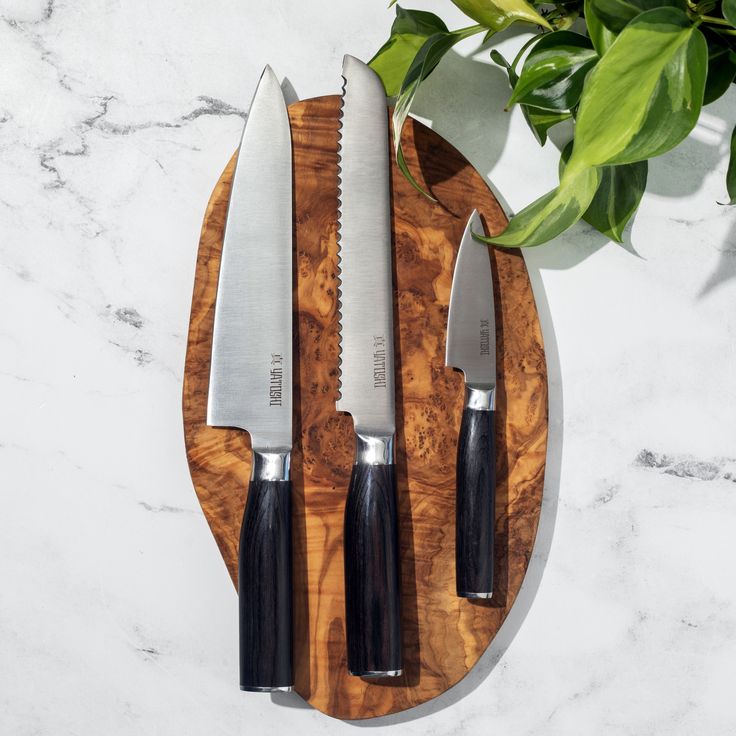
Selecting the Right Japanese Kitchen Knife Set
When choosing a Japanese kitchen knife set, various factors come into play. Begin by considering your cooking style and the types of preparations you commonly undertake. If you specialize in vegetable dishes, prioritize a set that includes a Nakiri and Usuba knife. Conversely, if you frequently prepare sushi or sashimi, opt for a set with a Yanagiba knife.
Material selection also plays a crucial role in knife performance. High-carbon steel offers excellent sharpness and edge retention but requires regular maintenance to prevent rust and staining. On the other hand, stainless steel varieties are more resistant to corrosion and staining, making them low-maintenance options. Some knives feature Damascus steel, which combines both types, offering beauty and functionality without compromising sharpness.
Look for ergonomic designs when considering the handle of the knives. Handles can be made from a variety of materials, including wood, resin, or stainless steel. Selecting a knife with a comfortable grip can significantly enhance your cooking experience, allowing for prolonged use without fatigue.
Lastly, consider the budget. While high-quality Japanese kitchen knives may represent an investment, they often provide superior performance and longevity. Decide on the extent of your budget and find a set that balances quality and price, ensuring it fits your needs while elevating your culinary skills.
Proper Care and Maintenance of Japanese Knives
Maintaining the precision and performance of your Japanese kitchen knife set requires proper care and attention. Knife maintenance should become an integral aspect of your culinary routine, ensuring the longevity of your investment. Here are essential care tips to keep your knives in pristine condition:
- Cleaning: Always hand-wash your Japanese knives with warm, soapy water immediately after use. Avoid the dishwasher, as the high heat and strong detergents can damage the blade and handle. Rinse and dry the knife thoroughly to prevent rust.
- Sharpening: Regularly sharpening your knives maintains their precision and effectiveness. Use a whetstone or professional sharpener to achieve a fine edge. For single-beveled knives like Yanagiba and Usuba, follow specific sharpening techniques for optimal results. As a general rule, sharpen your knives every few months, but adjust the frequency based on how often you use them.
- Storage: Properly storing your knives minimizes potential damage. Invest in a wooden knife block, magnetic strip, or blade guards to protect the edges from impact and contact with other utensils. Avoid storing knives loose in drawers, as this increases the risk of dulling or chipping.
- Handling: When using your knives, be mindful of the cutting surface. Utilize wooden or plastic cutting boards rather than glass or stone, which can quickly dull sharp blades. Avoid cutting through bones or frozen foods unless the knife is specifically designed for that purpose.
By implementing these care techniques, you ensure your Japanese kitchen knives remain in great shape, enabling them to perform at their best for years to come.
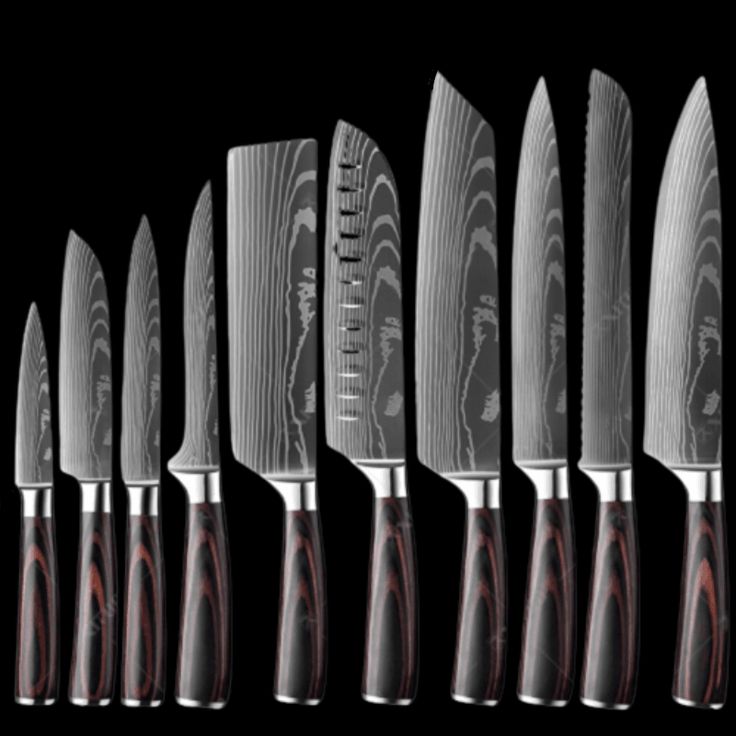
The Cultural Significance of Japanese Knives
Japanese knives reflect deep-rooted traditions and cultural significance. The art of knife-making in Japan has evolved over centuries, passed down through generations. Each knife type carries specific meanings and functionalities, highlighting the intricate relationship between the knife and Japanese culinary practices.
Beyond practicality, Japanese knives embody the principles of precision and harmony, key values in Japanese culture. The craftsmanship involved in creating these knives speaks to the dedication artisans put into their work, as well as the significance of food presentation in Japanese dining. A beautifully crafted knife becomes a reflection of the cook’s respect for the ingredients and the cultural heritage behind the dish.
Tying this cultural significance into your cooking encourages a deeper appreciation for the food you prepare. Understanding the history and artistry behind your Japanese kitchen knife set creates a connection between you, the tools, and the meals you prepare. This holistic approach to cooking allows you to celebrate not only the flavors and techniques but also the cultural narratives associated with them.
Crafting Dishes with Japanese Knives
With a Japanese kitchen knife set at your disposal, the opportunities to create stunning dishes are endless. Each knife serves distinct functions, enabling chefs to experiment with various cuisines and techniques. Harness the precision of the Gyuto for multi-purpose tasks while relying on the precision of the Usuba for delicate vegetable presentations.
Embrace the artistry of sushi-making with the Yanagiba knife, utilizing its sharp edge to create perfectly sliced fish and vegetables that burst with freshness. Experiment with traditional Japanese recipes, such as sashimi, ramen, and tempura, to appreciate the capabilities of your knife collection fully.
Additionally, explore contemporary culinary techniques that fuse Japanese knife skills with other global cuisines. Create dishes inspired by fusion cooking, utilizing unique flavor combinations and innovative presentations. The versatility and performance of your Japanese knives will empower you to delve into diverse culinary territories and develop a well-rounded cooking repertoire.
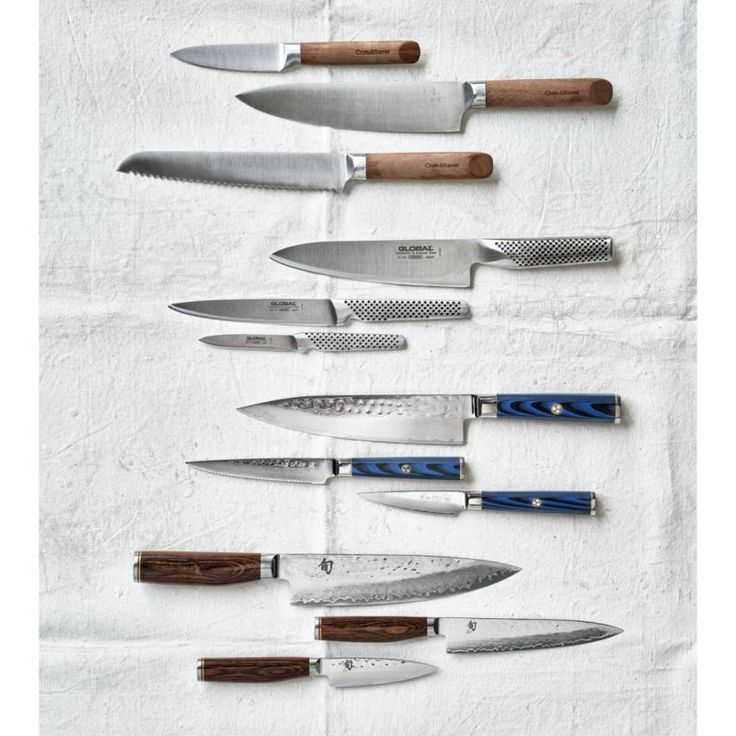
Final Thoughts: Embrace the Journey with Japanese Kitchen Knives
Investing in a Japanese kitchen knife set represents a commitment to culinary excellence and craftsmanship. By understanding the different types of knives, selecting the right set, and practicing proper care, you unlock an array of possibilities in the kitchen. Whether you’re preparing traditional Japanese dishes or experimental fusion cuisines, the precision and artistry of Japanese knives will elevate your cooking to new heights.
Allow yourself to forge a deeper connection with each knife you use. Embrace the cultural significance and artistry embedded in their design, and let this respect guide your culinary creations. Cooking becomes more than just a means to an end; it transforms into a celebrated art form, where skill meets creativity, tradition, and innovation.
As you embark on this culinary journey, remember to practice patience and mindfulness. Like the artisans who crafted your knives, nurture your skills through dedication and an appreciation for the craft. Each slice, chop, and presentation will soon reflect your growing expertise and passion.
With your Japanese kitchen knife set, you can create meals that impress family, friends, and, most importantly, yourself. Enjoy the process of learning and refining your techniques, and revel in the joy of crafting exquisitely prepared dishes that honor the beauty of food and the art of cooking.
